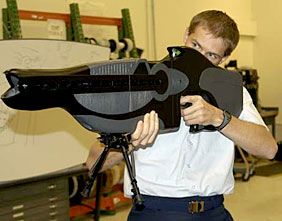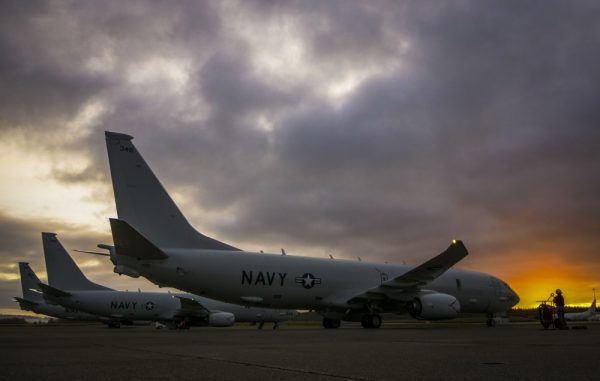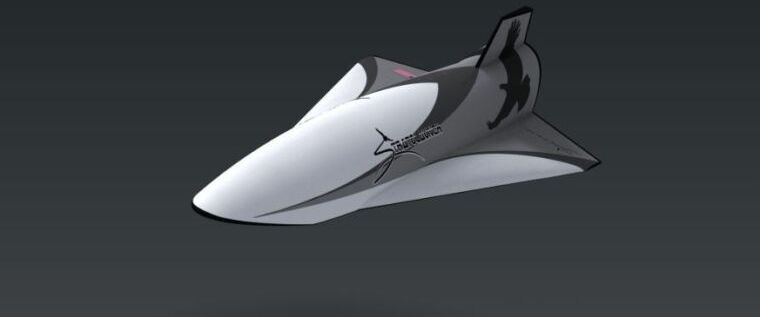The Army is looking at its Plasma Acoustic Shield System as a checkpoint defender, for now. But the original idea – and the long-term goal of the project – is to have it be the first baby step towards a portable, lethal laser weapon.
 The effort, by the U.S. Army’s Advanced Energy Armaments Systems Division and Stellar Photonics, has a lot in common with another military laser project: the Pulsed Energy Projectile being developed by Mission Systems for the Marines. But there are three key differences. The current PEP is a big (450 lb) chemical laser with a limited number of shots, whereas PASS is a small solid-state laser that just needs electricity. The PEP creates plasma by vaporising the outer layer surface it hits (such as your shirt), whereas PASS can create plasma in mid-air by focusing to a point. And PEP fires a single pulse, whereas PASS uses a double pulse which Stellar claim is far more efficient at creating a shockwave.
The effort, by the U.S. Army’s Advanced Energy Armaments Systems Division and Stellar Photonics, has a lot in common with another military laser project: the Pulsed Energy Projectile being developed by Mission Systems for the Marines. But there are three key differences. The current PEP is a big (450 lb) chemical laser with a limited number of shots, whereas PASS is a small solid-state laser that just needs electricity. The PEP creates plasma by vaporising the outer layer surface it hits (such as your shirt), whereas PASS can create plasma in mid-air by focusing to a point. And PEP fires a single pulse, whereas PASS uses a double pulse which Stellar claim is far more efficient at creating a shockwave.
You can get some idea from the Small Business Initiative Proposal the company submitted in ‘04 for a “Man-portable Integrated Laser Assault Rifle”:




 Now the Defense Advanced Research Projects Agency is jumping on the bandwagon with their new “Sonic Projector” program:
Now the Defense Advanced Research Projects Agency is jumping on the bandwagon with their new “Sonic Projector” program:





